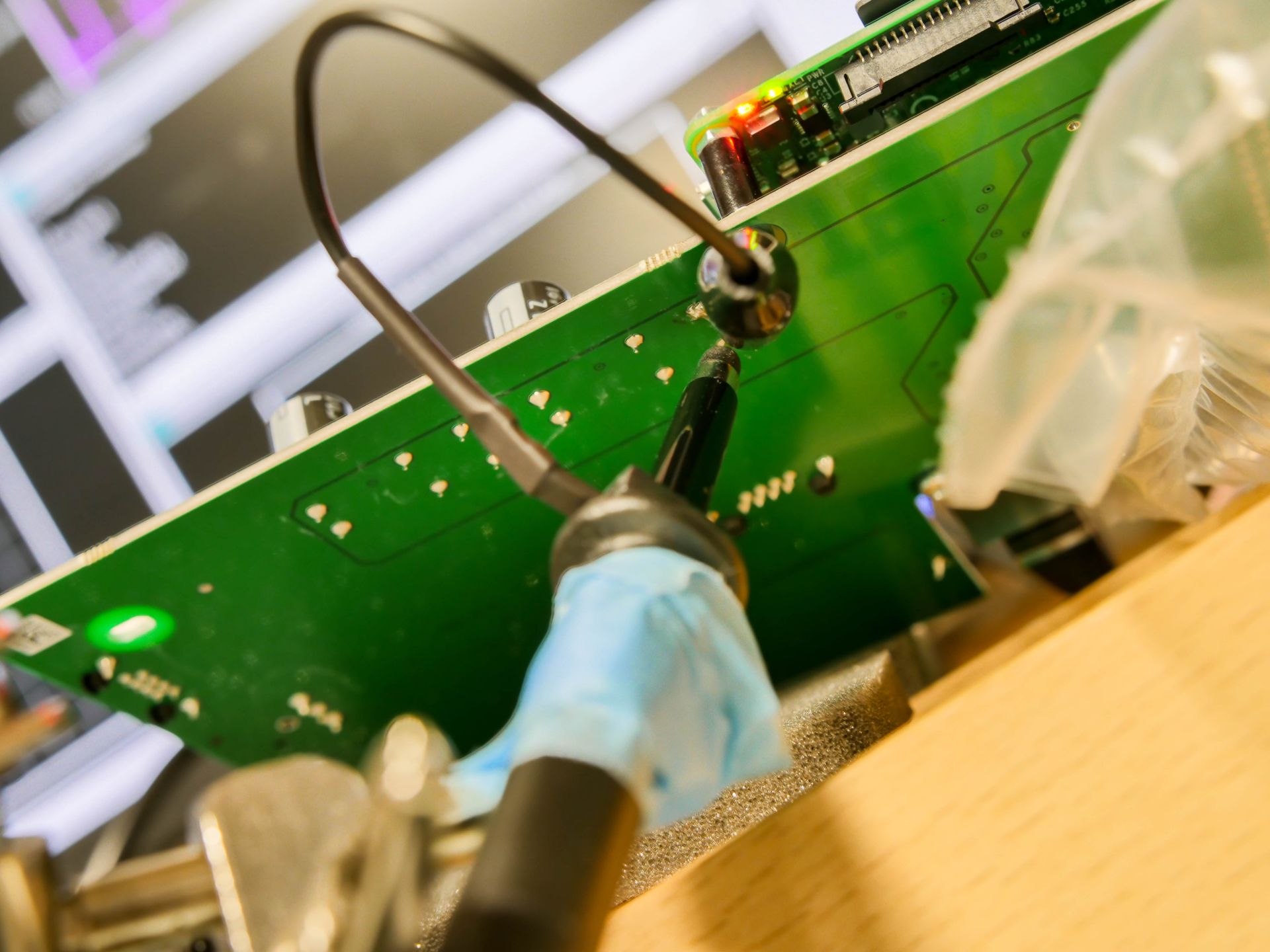and:
To view this content, you must be a member of Jaap's Patreon Unlock with PatreonAlready a qualifying Patreon member? Refresh to access this content.

alpha-audio.net
What I really like about the alpha-audio guys is that they sometimes do also comparisons between live music (piano and singer) and the recording of that music at the exact same place with nice studio speakers.
That reminds me of something I had heared in 1984 or 1985 at an audio show by „Deutsches HiFi Institut“: they made the comparison between live (Piano; Chamber Quartet) and the recording of a file taken 5 minutes before. Then they started the music again and the musicians faded sometimes during the piece out and they faded the recording in. I was 19 or 20 years old. After two or three switches between live and the recording I was not shure what I heared. I remember that one time I could have swear that I hear the recording of Wolf Harden, the pianist. But damn: it was just He, in Person, playing live!!!
One of the most remarkable audio experiences in my live!
The Speaker they used was the Cabasse Albatros V.
Two hours later they tried the same with Bigband-music and large JBL Everest or K2 or so speakers. But they failed. The Bigband had simply to much power, was to loud, when it plays in reality. Even the large Horn Speakers could not give the full dynamic that was needed.
But what I want to know is: Is this measuring of Alpha audio just rubbish or is it COMPLETE rubbish? 






